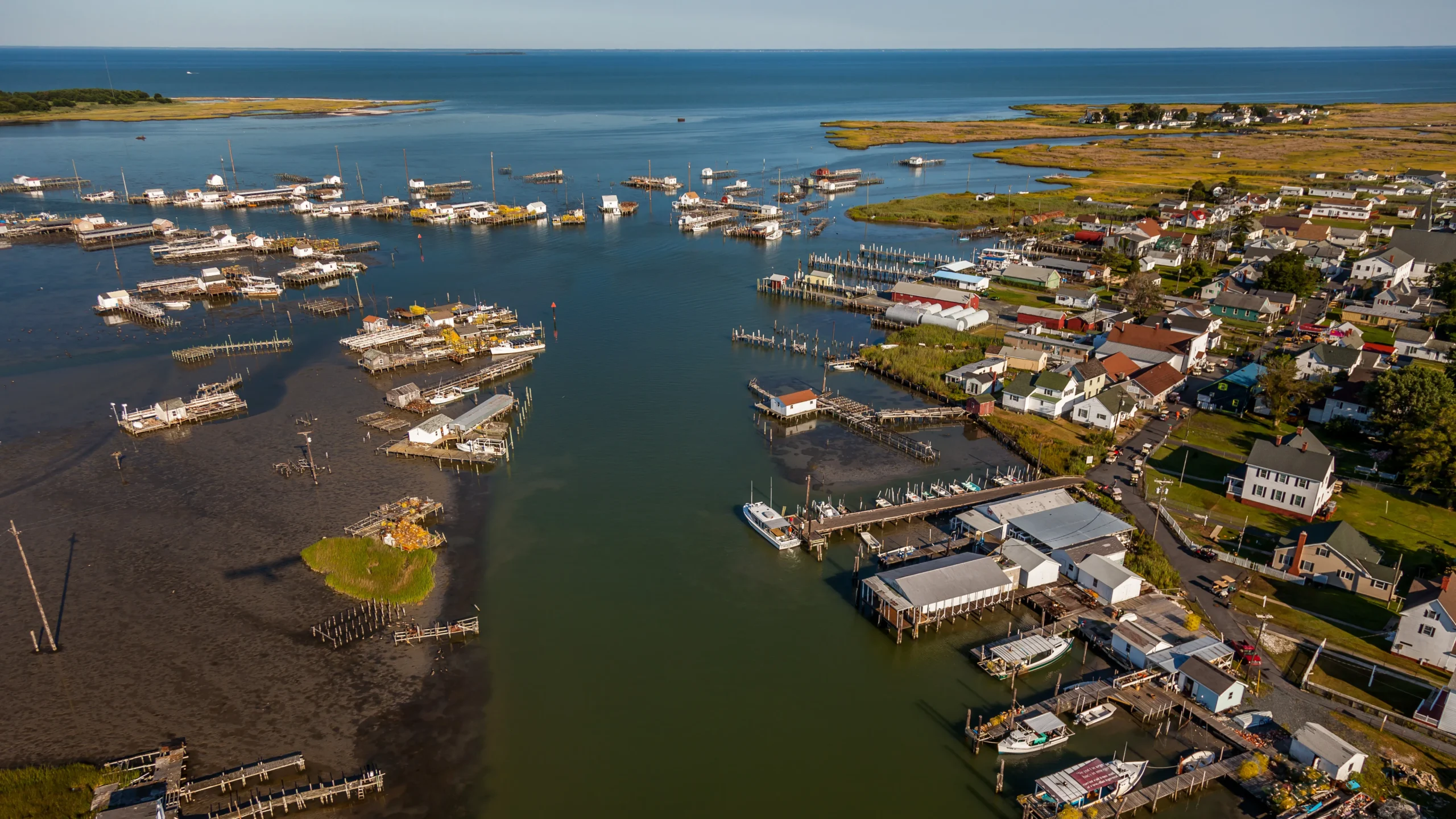A place rich in history and traditions
Tangier Island, located in the Chesapeake Bay off Virginia’s coast, remains one of the few inhabited islands in the area. With an estimated population of 240, its history traces back to settlers in the 18th century, many of whose descendants still live there. Fishing and crabbing have shaped its culture for generations, preserving a way of life closely tied to the water.
The island’s isolation has also contributed to a unique accent, often described as a mix of Southern and Elizabethan English. Yet, this heritage is increasingly threatened by coastal erosion and sea level rise.
Climate change and erosion accelerate the risks
Since 1850, Tangier has lost nearly two-thirds of its land. The island averages just three feet above sea level, while the Chesapeake Bay rises by about a quarter of an inch each year. Environmental specialists warn that, without stronger measures, Tangier could become uninhabitable within the next few decades.
Stronger storms and regional land subsidence add to the challenges, further reducing the habitable area. Rising sea levels and erosion are not only environmental issues but also threats to the community’s survival.
Protection efforts and uncertain future
Efforts to safeguard the island have been slow. A seawall was completed in 1990 and a jetty in 2020, but experts estimate that full protection and restoration would require between $250 million and $350 million. This would involve shoreline defenses, upgrades to basic infrastructure, and raising transportation routes.
New adaptation strategies are being explored, including the use of dredged materials and “living shorelines” made of marsh grasses and oysters to buffer erosion. While such measures could extend the island’s life, its long-term future remains uncertain.
Tangier Island stands as an example of the challenges faced by coastal communities worldwide, where the fight is not only to preserve land but also to protect a centuries-old culture and way of life.







